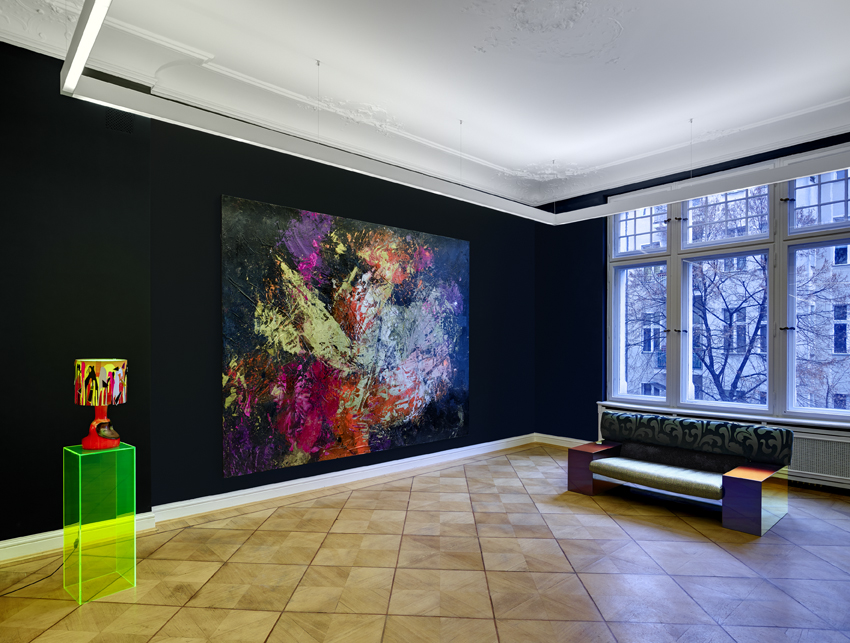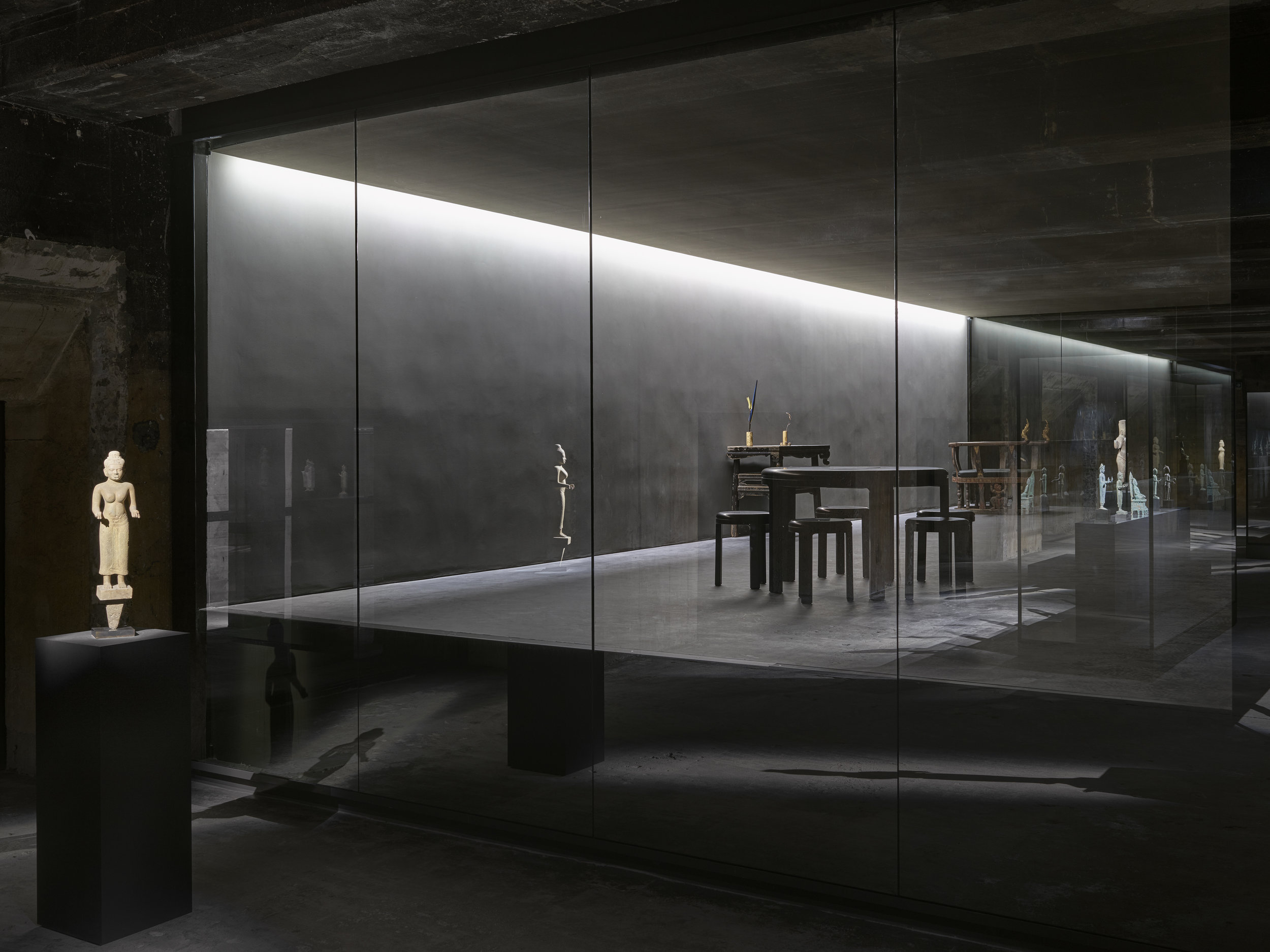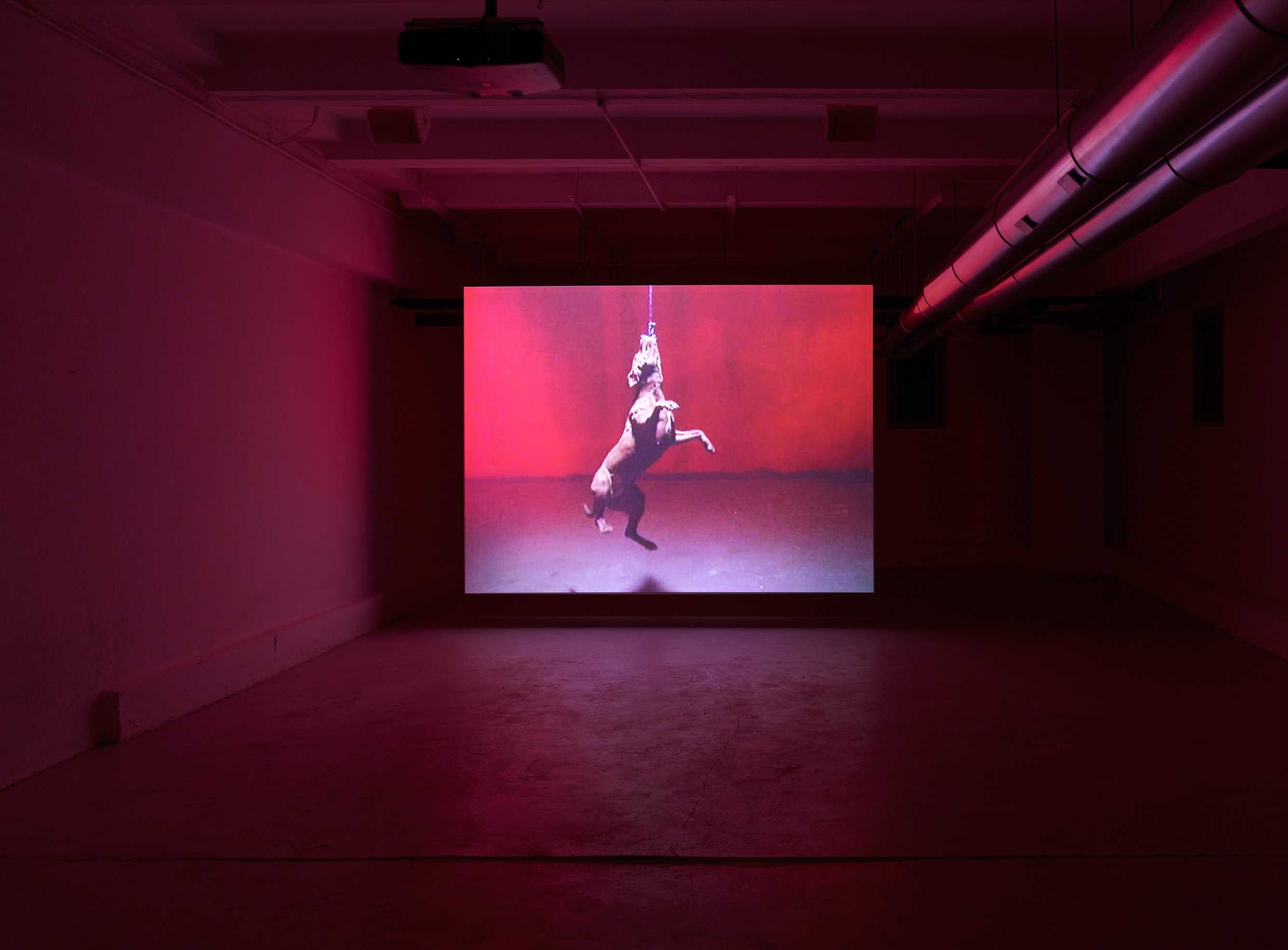Over the past twenty years the art scene in Berlin has grown to be one of the coolest and most vibrant in the world. Artists flocked to the German capital for the low rents and ample studio spaces. Eventually galleries, museums, and other art world insiders followed their lead and established themselves in Berlin. A unique facet of this burgeoning art scene was the founding of various private collections throughout the city. While Berlin is teeming with creative endeavours and artistic events, five private art collections stand out. Read more below and visit the collections to learn about Berlin’s bustling art scene on a private Oh So Arty tour.
The Boros Collection
The first presentation at the Boros Collection was on display for four years. “For us, it’s very important that we can allow ourselves this kind of time,” explained Christian Boros, the contemporary art collector who lives in a renovated Nazi-era bunker. Christian and Karen Boros purchased the bunker in 2003 after its tumultuous history as an air-raid shelter, Soviet prisoner of war camp and hardcore techno club. “The intellectual friction that occurs here is pretty extraordinary,” Christian Boros said of Berlin; and the structure he’s chosen to house his extensive collection and make his personal residence embodies the energy of this ever-evolving city.
Yngve Holen at the Boros Collection. Photo: © NOSHE
The Feuerle Collection
“The vision of The Feuerle Collection is to create a total artwork, a Gesamtkunstwerk,” and this vision is indeed achieved through the unique curatorial design of the collection. The collection’s founder, Désiré Feuerle, collects modern, contemporary, and Asian art. Despite coming from different geographical backgrounds and time periods the works in Feuerle’s collection are exhibited together to break with tradition and remove cultural barriers. Feuerle explains the resulting effect is that “the contemporary artwork becomes timeless, the ancient becomes contemporary, the two different artworks fuse with one another and create a new imaginative feeling.” This fall the collection which covers 6480 square meters, installed The Sound Room, The Lake Room, and The Incense Room which provide immersive cultural experiences to visitors.
Désiré Feuerle inside the Feuerle Collection. Photo: def image © The Feuerle Collection
The Hoffman Collection
In 1968, Erika and Rolf Hoffman began collecting art for their own personal enjoyment and the happiness it brought them to live amongst great works of contemporary art. On Saturday’s Erika Hoffman opens her private home to the public for tours of her extensive collection. Erika acts as parton, curator, and host. Lucky guests are sometimes even able to meet with Erika during their tours and ask her questions about her collection.
The 14,000 square meters of space reinvents itself every summer when Erika curates a new exhibition to fill her private home. Each exhibition has an overarching theme and strongly developed curatorial ideology uniting the assorted works.
Erika Hoffman. Photo: Oshiaki Miyamoto © miyamocamera
The Julia Stoschek Collection Berlin
In 2007 the Julia Stoschek Collection was established in Dusseldorf, Germany to make Julia Stoschek’s private art collection available to the general public. In 2016 the collection opened a 2,500 square meter public space in Berlin’s Mitte district. With the establishment of the Berlin location, the Julia Stoschek Collection became the first private collection in Germany to have two publicly accessible venues at once.
The Julia Stoschek Collection has a particular focus on time-based media. It currently holds over 750 works of contemporary art by around 250 artists. “The steadily growing collection concentrates conceptually above all on the moving image,” which is explored through video, analog and digital film, multimedia environments and even performances. Guided tours of this unique collection are available on Saturdays and Sundays.
Image by: Robert Hamacher
Salon Dahlmann
Salon Dahlmann, named after the house’s previous owner Hildegard Dahlmann, is a building entirely devoted to the arts of every format. In 2010, the Miettinen family purchased the home in Marburger Straße 3, with the intention of establishing a connection to Berlin’s salon culture tradition. Salon Dahlmann offers a program of exhibitions, concerts, performances and workshops as well as guided tours of the yard and current shows on Fridays and Saturdays.
Timo Miettinen and his wife Iiris Ulin display works from their personal collection at Salon Dahlmann in addition to temporary exhibitions. Originally from Finland, Timo finds his inspiration in Berlin, “In intellectual terms, Germany was always my second spiritual home,” he shared.
Privates Apartment |Werke ausder MiettinenCollection(Albert Oehlen, Björn Dahlem, Andrè Butzer, Aurora Reinhard, Secundino Hernàndez), Foto: Elena Panouli

















![Textual Inspirations of Art World Professionals [PART 1]](https://images.squarespace-cdn.com/content/v1/57eb2e2215d5dbca6f4c6307/1511731738847-A0BDLDI1ES8VGC7WLR6M/bf83d539a610078de046094d9fe08eec.jpg)
















